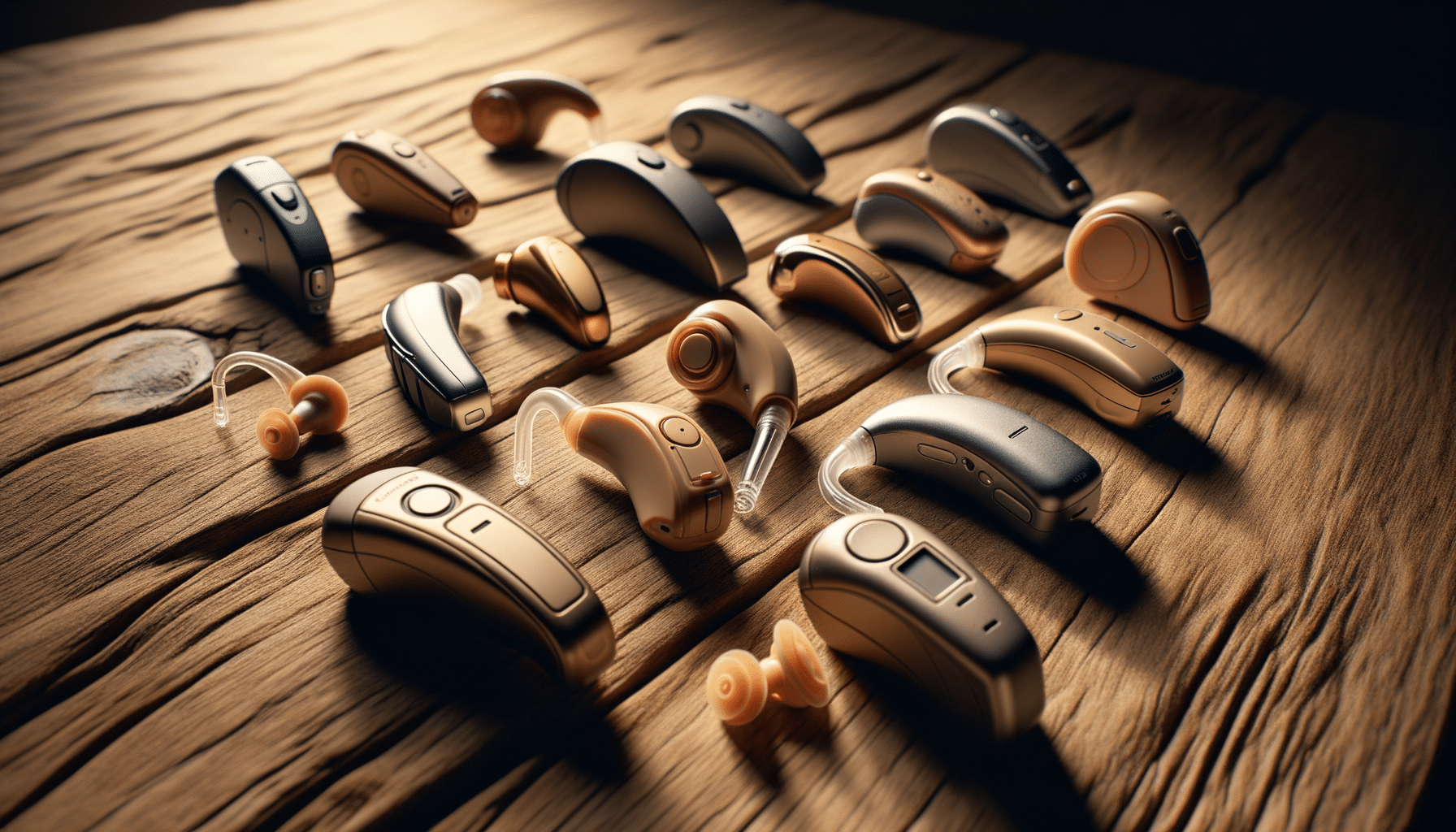
Understanding Hearing Aids: A Comprehensive Guide
Introduction to Hearing Aids
In today’s fast-paced world, the ability to communicate effectively is more critical than ever. For individuals experiencing hearing loss, this can be a significant challenge. Hearing aids, however, offer a remarkable solution, transforming lives by restoring sound clarity and enhancing communication abilities. These devices are not merely tools but gateways to reconnecting with the world around us. Understanding their importance and functionality can empower individuals to make informed decisions about their hearing health.
Hearing loss affects millions globally, cutting across all age groups. It can result from various factors, including aging, exposure to loud noises, and genetic predispositions. While hearing aids cannot fully restore hearing, they provide substantial benefits by amplifying sounds, making it easier to engage in conversations and enjoy everyday activities.
As technology advances, hearing aids have evolved from bulky, conspicuous devices to sleek, sophisticated instruments. They not only improve hearing but also enhance the quality of life, allowing individuals to participate in social activities, enjoy music, and navigate their environments with greater ease. This article delves into the various aspects of hearing aids, exploring their types, benefits, and how they work to improve communication and overall well-being.
Types of Hearing Aids
Hearing aids come in various styles and designs, each tailored to meet specific needs and preferences. The choice of hearing aid depends on several factors, including the severity of hearing loss, lifestyle, and personal comfort. Here, we explore some common types of hearing aids available today.
Behind-the-Ear (BTE): These devices rest behind the ear and are connected to an earpiece inside the outer ear. BTE hearing aids are versatile and suitable for all ages and types of hearing loss. They are known for their durability and ease of maintenance.
In-the-Ear (ITE): Custom-made to fit within the outer ear, ITE hearing aids are less visible than BTE models. They are generally used for mild to severe hearing loss and offer features like volume control and battery life indicators.
In-the-Canal (ITC) and Completely-in-the-Canal (CIC): These smaller devices fit partially or completely in the ear canal, making them less visible. They are typically used for mild to moderate hearing loss and provide a more natural listening experience. However, their smaller size may limit battery life and additional features.
Receiver-in-Canal (RIC): Similar to BTE, RIC hearing aids have a receiver or speaker in the ear canal, connected by a thin wire. They are discreet and provide clear sound quality, suitable for mild to severe hearing loss.
Each type of hearing aid offers unique advantages, and consulting with an audiologist can help determine the most suitable option based on individual needs and preferences.
How Hearing Aids Work
At their core, hearing aids are sophisticated electronic devices that amplify sound to help individuals with hearing loss. Understanding how they function can demystify their operation and highlight the remarkable technology behind them.
Hearing aids consist of three main components: a microphone, an amplifier, and a speaker. The microphone picks up sound from the environment and converts it into electrical signals. These signals are then sent to the amplifier, which increases their strength. Finally, the speaker converts the amplified signals back into sound and delivers them to the ear.
Modern hearing aids are equipped with advanced features such as digital signal processing, which allows for precise customization of sound settings based on individual hearing profiles. They can also filter out background noise, enhance speech clarity, and automatically adjust to different listening environments.
Additionally, many hearing aids are now equipped with wireless connectivity, enabling users to connect to smartphones, televisions, and other devices. This integration enhances the listening experience by allowing for direct streaming of audio content.
The innovation in hearing aid technology continues to evolve, with research focusing on improving sound quality, battery life, and user comfort. These advancements ensure that hearing aids remain an essential tool for those seeking to improve their hearing and quality of life.
Benefits of Using Hearing Aids
The benefits of using hearing aids extend far beyond improved hearing. They play a crucial role in enhancing the overall quality of life for individuals with hearing loss. Here are some key advantages:
- Improved Communication: Hearing aids amplify sound, making it easier to understand speech and engage in conversations. This improvement can significantly enhance social interactions and reduce misunderstandings.
- Increased Confidence: With better hearing, individuals often feel more confident in social settings, whether at work, family gatherings, or public events. This boost in confidence can lead to greater participation and enjoyment of life.
- Enhanced Safety: Being able to hear environmental sounds, such as traffic or alarms, is essential for safety. Hearing aids help users stay alert and aware of their surroundings, reducing the risk of accidents.
- Mental Health Benefits: Hearing loss can lead to feelings of isolation and depression. By improving communication and social engagement, hearing aids can help alleviate these feelings, promoting better mental health.
Overall, hearing aids are not just about restoring hearing; they are about restoring connections and enriching lives. For those experiencing hearing loss, they offer a pathway to a fuller, more engaging life.
Choosing the Right Hearing Aid
Selecting the right hearing aid involves careful consideration of several factors. It is not a one-size-fits-all solution, and personalized assessment is crucial to finding the most effective device.
Firstly, the degree of hearing loss is a primary consideration. An audiologist will conduct a thorough hearing evaluation to determine the extent of the loss and recommend suitable options. Lifestyle is another critical factor, as individuals with active lifestyles may require features like water resistance or robust connectivity options.
Comfort and aesthetics are also important. Some individuals prioritize discreetness, opting for smaller devices that fit snugly within the ear canal, while others may prefer the ease of handling and longer battery life offered by larger models.
Lastly, budget considerations play a role. Hearing aids can vary significantly in price, and while cost is a factor, it should not compromise the quality and effectiveness of the device. Many providers offer payment plans or insurance coverage options to make hearing aids more accessible.
Ultimately, working with a knowledgeable audiologist ensures that individuals receive a hearing aid that meets their specific needs, leading to a satisfying and effective hearing solution.
Conclusion: Embracing the World of Sound
Hearing aids are remarkable devices that transform lives by bridging the gap between silence and sound. They offer a lifeline to those with hearing loss, enhancing communication, social interaction, and overall quality of life. As technology continues to advance, hearing aids are becoming more sophisticated, offering users a range of features tailored to their unique needs.
For anyone experiencing hearing loss, taking the first step towards understanding and embracing hearing aids can lead to a more fulfilling life. By choosing the right device and working closely with healthcare professionals, individuals can rediscover the joys of sound and the vibrant world around them.
In the journey towards better hearing, hearing aids stand as powerful allies, making it possible to connect, communicate, and thrive in a world filled with sound.


